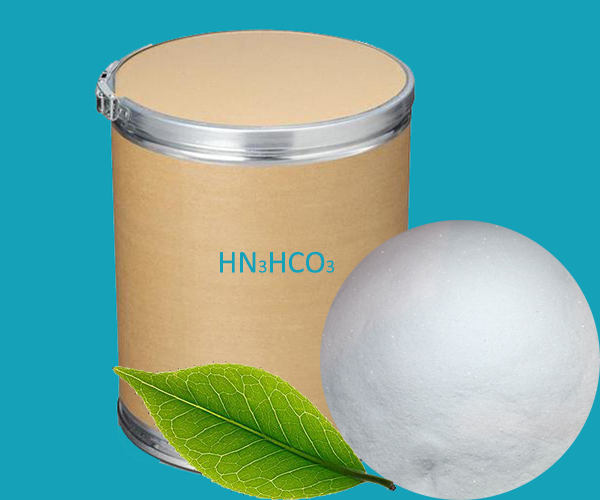Hydrazine carbonate (HN3HCO3), also known as hydrazine carbonate, is an inorganic compound. It is a white solid that is usually prepared by the reaction of sodium carbonate (or sodium bicarbonate) with hydrazine (hydrazine hydrate or hydrazine anhydrous). Hydrazine carbonate is stable in the air, but humid environments should be avoided as it may absorb moisture.
1. Organic synthesis: hydrazine carbonate is often used as a reducing agent in organic chemistry, especially when reducing nitro compounds and azo compounds to the corresponding amino compounds. It is also used in the synthesis of other nitrogen-containing compounds such as nitrile, hydrazine derivatives, and pharmaceutical intermediates.
2. Gunpowder and propellants: Hydrazine carbonate is an important chemical component used in the manufacture of smokeless powders and rocket propellants. Its combustion product is mainly nitrogen, so it is used in military and aerospace applications where smoke and flame reduction are required.
3. Metal Extraction: Hydrazine carbonate acts as a reducing agent and can be used to extract metals, especially when extracting precious metals from metal oxides.
4. Rubber and plastics industry: Hydrazine carbonate is used as an additive in the synthesis of some rubbers and plastics to improve the specific properties of the product, such as aging resistance and heat resistance.
5. Dyes and pigments: Hydrazine carbonate is used in the synthesis of certain types of dyes and pigments, especially those that require specific color and stability.
6. Pesticides and insecticides: Hydrazine carbonate can be used as an ingredient in some pesticides and insecticides to help control pests and pathogens.
7. Chemical analysis: In chemical analysis, hydrazine carbonate can be used as a reagent to detect or quantify certain metal ions, especially in colorimetric analysis and titration analysis.
 English
English Español
Español Português
Português Français
Français Deutsch
Deutsch Русский
Русский 中文
中文 日本語
日本語
